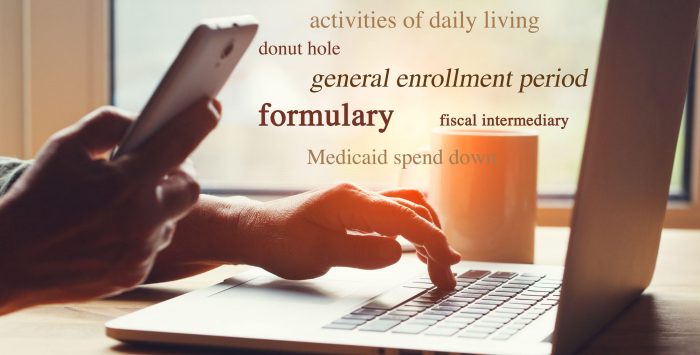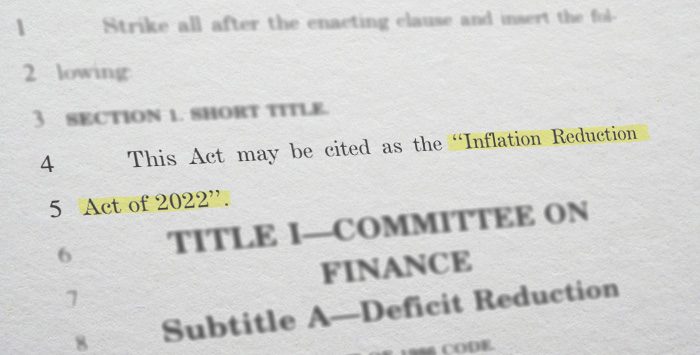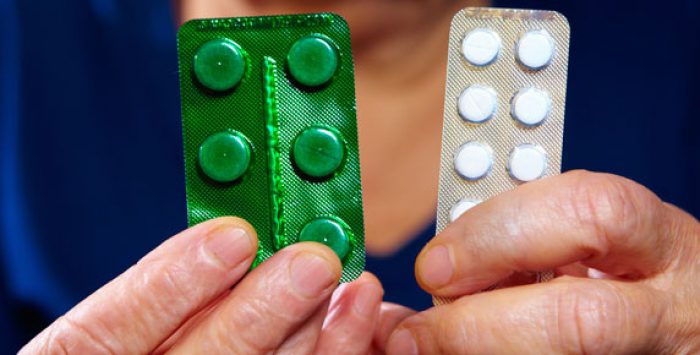What is a Medicare stand-alone prescription drug plan?
A stand-alone prescription drug plan is another term for a Medicare Part D prescription drug plan (PDP) that’s purchased on its own, rather than being integrated with a Medicare Advantage plan.
PDPs are offered by private health insurance companies, and must comply with various federal rules. In 2025, a total of 464 PDPs are available nationwide (the average beneficiary can select from between 12 and 16 plans, depending on where they live), although this is far lower than the peak of 1,866 PDPs that were available in 2007, when the program was new.
How much does a stand-alone Medicare Part D plan cost?
The monthly premium that beneficiaries pay for PDPs varies considerably depending on the plan they select. Some plans have no premiums, while others have premiums of $100/month or more. Enrollees with high incomes pay a surcharge for both their Part D and Part B coverage.
Enrollees’ premiums only cover a small portion of the cost of PDP coverage, most of which is financed by the federal government.
Who can buy a Medicare stand-alone prescription drug plan?
To enroll in a stand-alone Medicare Part D drug plan, a person must be enrolled in at least Medicare Part A or Part B.
Most PDP enrollees have Original Medicare, although there are some types of Medicare Advantage plans under which a beneficiary can purchase a PDP if the Medicare Advantage plan doesn’t include prescription drug coverage.
To clarify, in most types of Medicare Advantage plans, enrollees cannot also purchase a separate PDP. But most Medicare Advantage plans already include Part D drug coverage.
How many people are enrolled in Medicare stand-alone prescription drug plans?
As of early 2025, there were 23.5 million Medicare beneficiaries enrolled in PDPs. Another 32.5 million were enrolled in Part D coverage integrated with a Medicare Advantage plan.
Over the last several years, enrollment in PDPs has been declining, while enrollment in MAPDs (Medicare Advantage plans with integrated Part D coverage) has been increasing.
Read our overview of Medicare Part D prescription drug coverage.
Footnotes
Tags: prescription drug coverage




